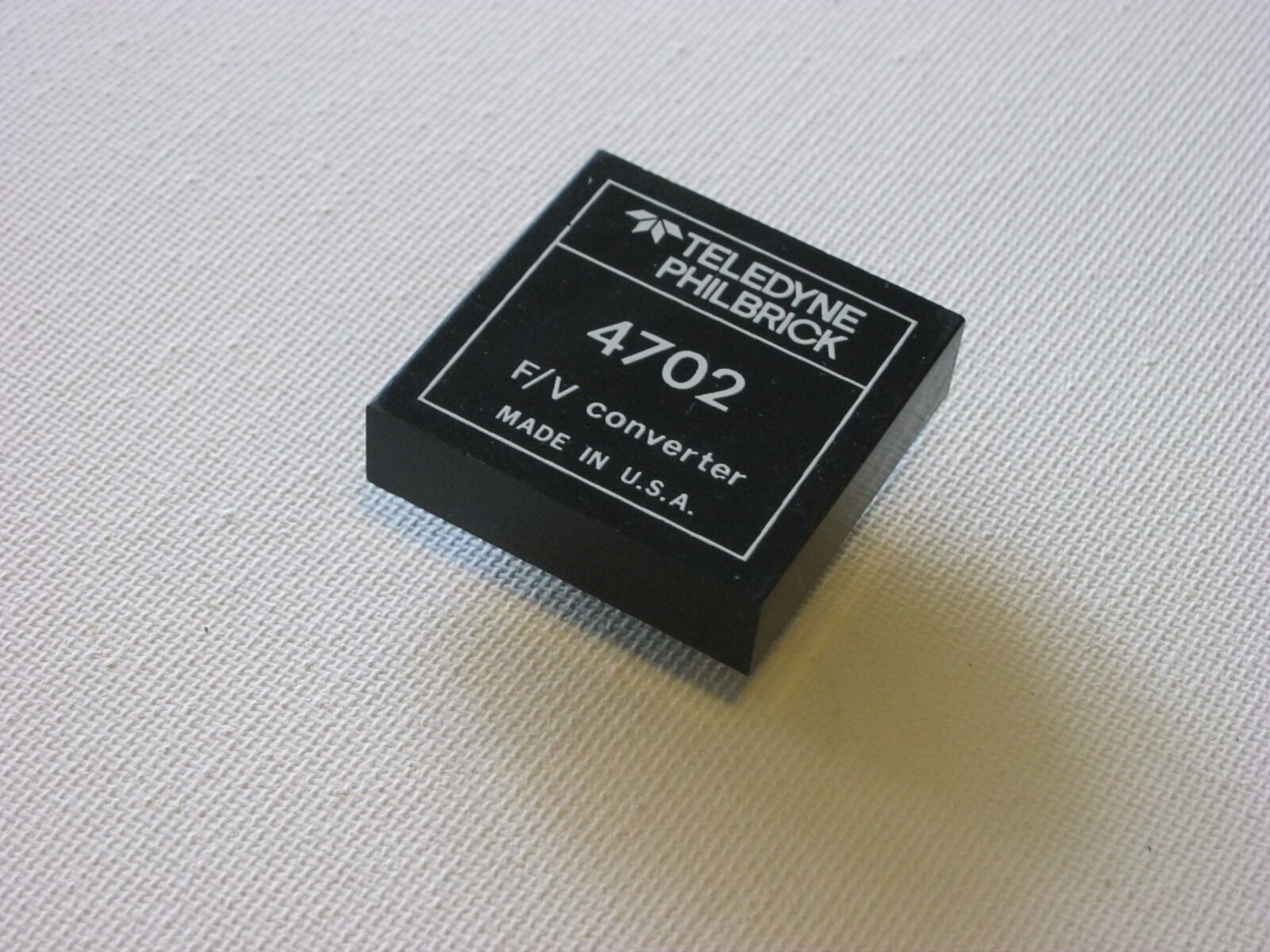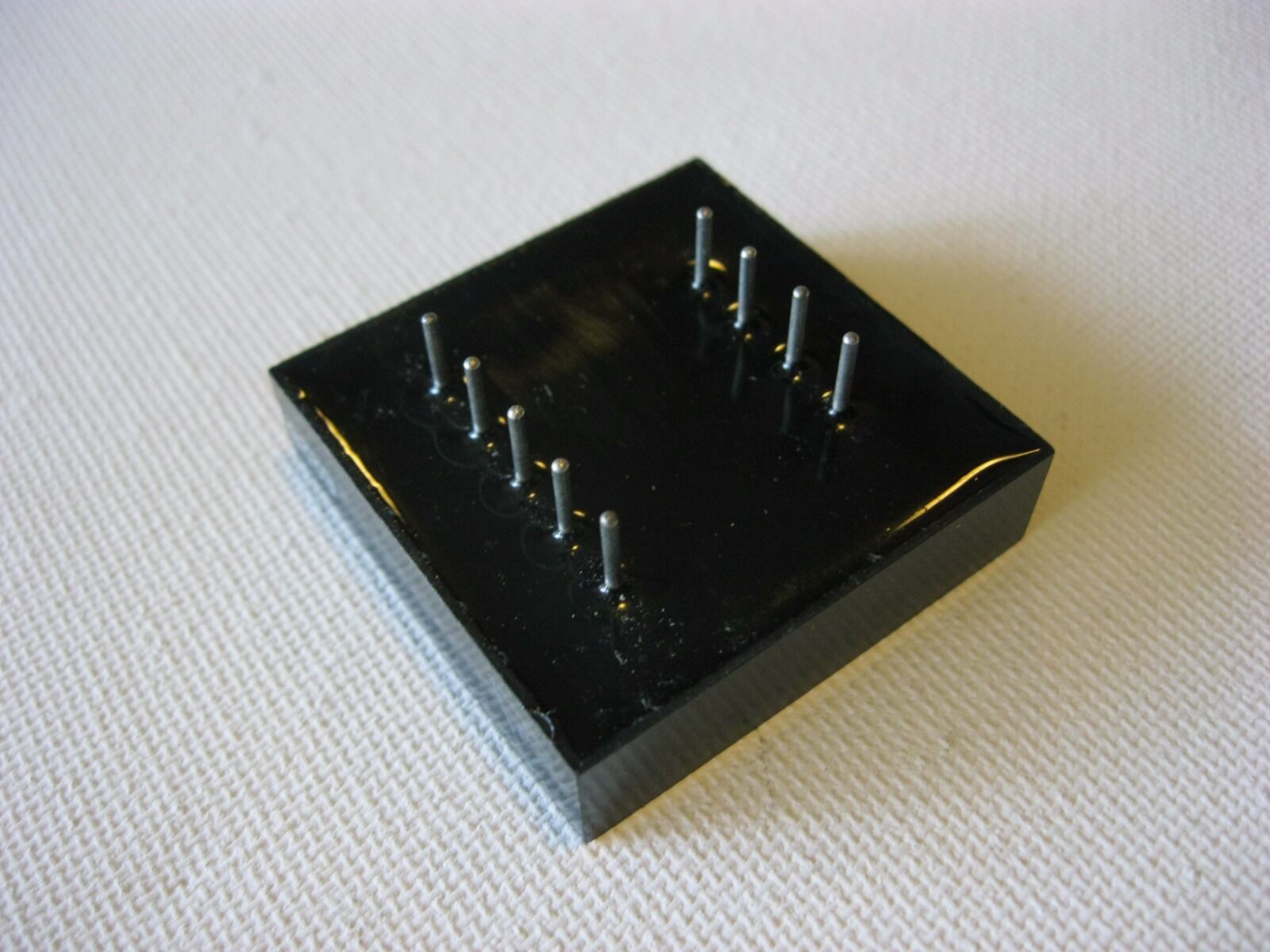So I found a garage sale of electronic parts from a retired professor. These old 2520 style sockets were there and I bought what was available. I never saw these before and realize that the pin styling was used for other discrete opamps.
I wonder about the history of the 2520 and the use of these pin out styles for use in science and research. The opamps had names I had not heard of before but plan to go back and buy the 4 available. This might be a bust but my Antique Museum hoarder just can't resist.
The 2520 shown in the picture is one of mine. One of the plans with the sockets is to build it into a box with a bread board. I'll use it to test and play with circuits as well as test the amps I have acquired and others build from kits from CAPI
I wonder about the history of the 2520 and the use of these pin out styles for use in science and research. The opamps had names I had not heard of before but plan to go back and buy the 4 available. This might be a bust but my Antique Museum hoarder just can't resist.
The 2520 shown in the picture is one of mine. One of the plans with the sockets is to build it into a box with a bread board. I'll use it to test and play with circuits as well as test the amps I have acquired and others build from kits from CAPI












![Electronics Soldering Iron Kit, [Upgraded] Soldering Iron 110V 90W LCD Digital Portable Soldering Kit 180-480℃(356-896℉), Welding Tool with ON/OFF Switch, Auto-sleep, Thermostatic Design](https://m.media-amazon.com/images/I/41gRDnlyfJS._SL500_.jpg)
























